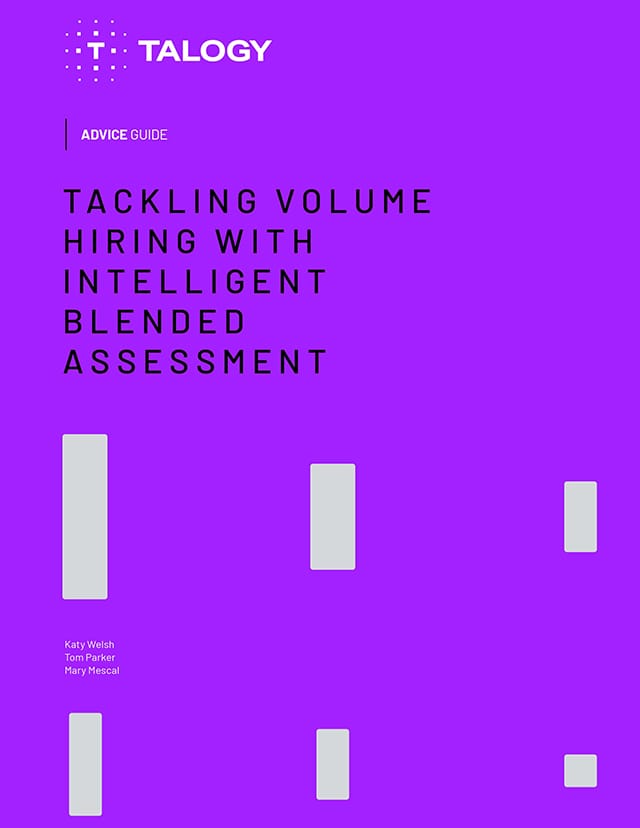Written by Brian Dishman, Senior Consultant
Standardized work is one of the fundamental building blocks of a lean manufacturing process. It should be the initial building block of a lean hiring process. Any good manufacturing Quality Manager understands that you cannot guarantee quality without a standard procedure in place to ensure consistency of the process. As a human resources consultant, I am frequently surprised by the number companies that lack defined, standardized hiring processes. Many companies rely on their hiring managers to devise their own interviews and simple tests for evaluating the job candidates to fill open positions within their team. There are serious flaws with this approach. Below are four reasons that a standardized candidate evaluation process leads to higher quality hires:
- An inconsistent process leads to inconsistent results. A process that is not standardized is not really a process, but rather, is a random collection of criteria. If the selection criteria are different for each evaluation, then it is impossible to determine the effectiveness of each individual data point used for selection. Which criteria were effective in the decision process? Which criteria were ineffective or even counterproductive? You will learn the answers to these questions over time if you consistently apply a standardized process.
- You have no standards without a standardized process. Without a standard process you really don’t have any standards. The first step in building a standardized process is to define the goals or standards of the process. What are the competencies that are important to our jobs and to our organization? Soliciting the input of the job content experts and documenting those competencies is the first step of standardizing the hiring process. The formal name for this initial step is job analysis. By taking this initial step, the stakeholders have identified and codified the standards of the selection process.
- Everyone is using the same measuring stick. A standardized hiring process ensures that your recruiters and hiring managers use the same reference points when making decisions. What is a “good” candidate? Joe and Alice’s definitions of “good” could be quite different. By standardizing the process and criteria, the organization provides that definition of “good” for all of its team members that are involved in the hiring process. Everyone is using the same language when describing candidates. A recruiter or hiring manager will be able to succinctly and accurately explain a hiring decision to his/her team member. Hiring managers will have more trust in the decisions recruiters make because of the standardized process.
- Continuous Improvement. Continuous improvement is the animating spirit of a lean philosophy. It is impossible to improve any process until it is standardized. A process must be standardized and therefore stabilized before any improvements are made. If a process is shifting from here to there, then any improvement will be just another variation that is sometimes used by some team members, but otherwise ignored.
It is also worth noting that a standardized hiring process has additional benefits beyond improved quality of hires. One of the most important is legal defensibility. An inconsistent process is fertile ground for discriminatory hiring practices. Applying criteria inconsistently could unintentionally lead to the perception of favoritism or disparate treatment.




